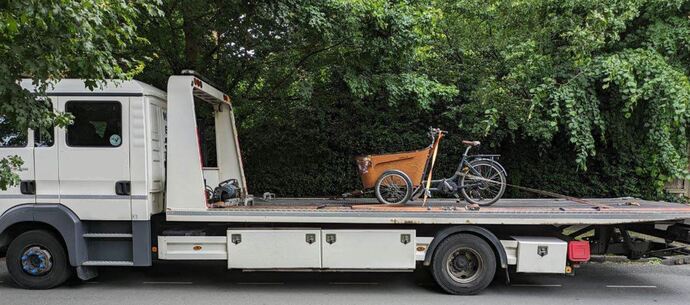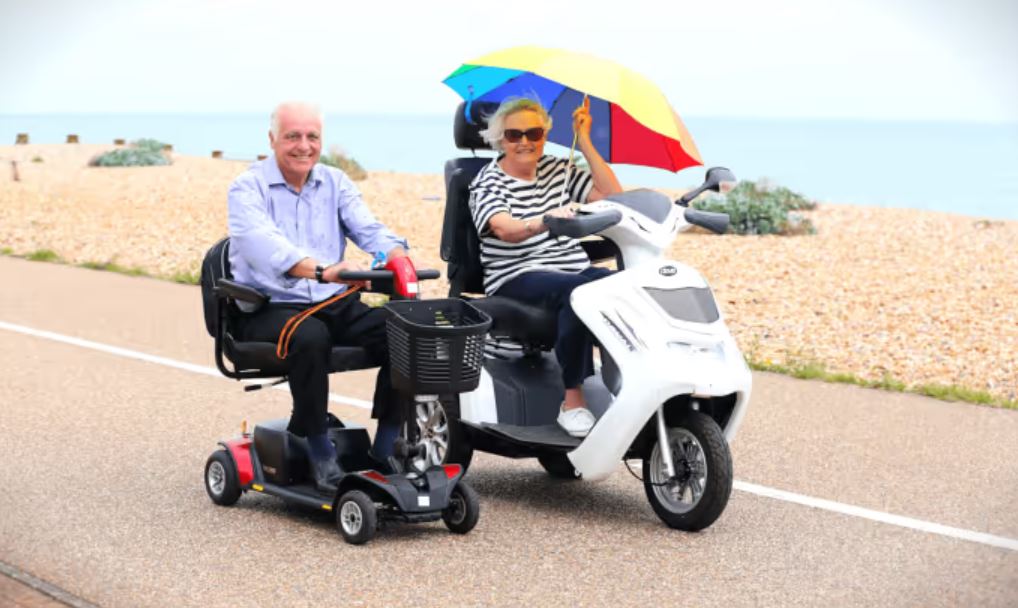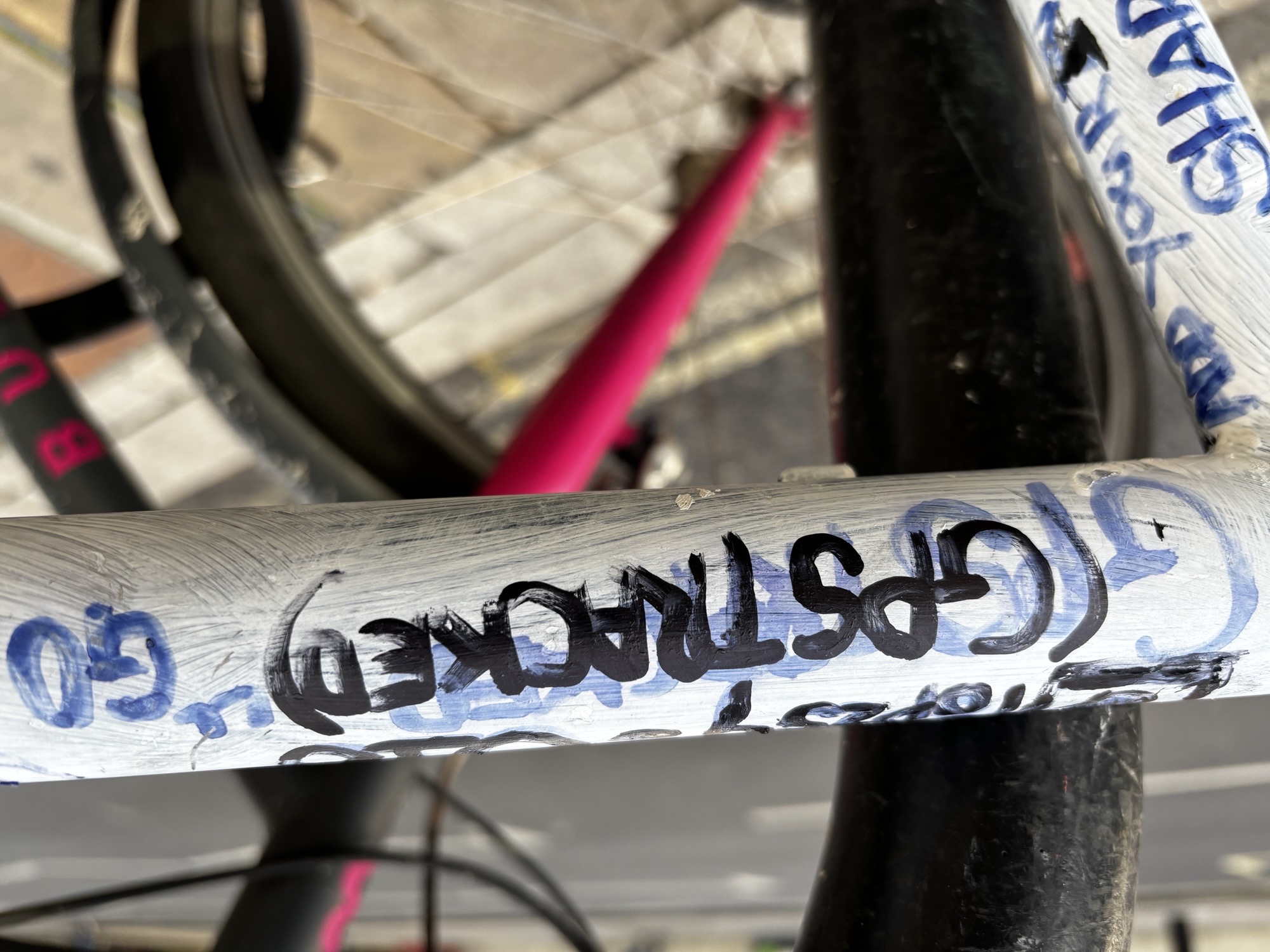New research bolsters case for 20mph speed limits
March 22, 2011


New research by Royal Holloway College, London University, studied the perceptual limitations of children and concluded that they had difficulty detecting cars approaching at speeds over 20mph.
A number of local authorities around Britain have reduced road casualty figures and increased the quality of life in residential areas by introducing introduced 20mph limits.
Prof John Wann, one of the authors of the report, told The Daily Telegraph “Driving over 20mph in a residential or school area not only increases the potential severity of any impact, but also increases the risk that a child will injudiciously cross in front. There’s strong evidence that children may make risky crossing judgements when vehicles are travelling at 30 or 40mph. The vehicles that they are more likely to step in front of are the faster vehicles that are more likely to result in a fatality.”
A spokesperson for the Environmental Transport Association (ETA) said; “The fact that children find it difficult to judge the approach speed of vehicles travelling at over 25mph is yet another argument for 20mph limits in the streets where people live, work and play.”
The City of London is currently considering whether to impose a 20mph speed limit across much of the Square Mile.
Enforcement of 20mph zones
There is no doubt that 20mph zones on residential areas have the potential to save lives, but how can this speed limit be enforced? Networks of average speed cameras would do the job, but lamp posts bristling with more cameras are hardly desirable.
It was over ten years ago that the ETA, along with similar minded organisations, founded the Slower Speeds Initiative. One of its aims was to ensure that all road vehicles had variable speed limiters.

Certain classes of road vehicles, like heavy goods vehicles and public services vehicles, have maximum speed limiters but we want limiters extended to all vehicles.
More than that, we want the limiter to reflect not just the national maximum speed – currently 70mph – but the maximum speed in any locality. Therefore the speed limiter will ensure the driver could not drive faster than 30mph where that maximum speed applies.
A while ago I drove such a vehicle. The accuracy was stunning. I entered London via the M1 at 70mph and once the 50mph limit came into force the car slowed to 50mph. On moving onto local roads the speed reduced to 30mph. If you imagine a dual-carriageway with a parallel access road a couple of metres away I was able to travel along the dual-carriageway at 50mph but as soon as I moved to the access road I was reduced to 30mph.
The ETA has long held that all vehicles should have variable speed limiters fitted as standard by law. As with cruise control, the driver could press through the limiter to pass above the speed limit; allowing such a level of driver control would help its earlier acceptance. Every time the vehicle returned to below the speed limit the limiter would become active again.
Studies have shown that, even on multi-lane highways, it does not need many speed limited vehicles in a stream of traffic to affect the speed of the other vehicles.
Information correct at time of publication.







